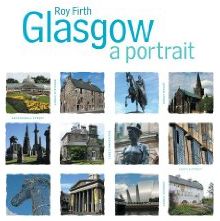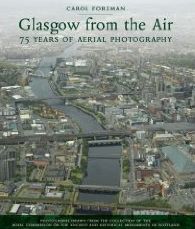  |
City of GlasgowTransport Museum
|
  |
Photographs
of old transport
in the Riverside Museum
in the City of Glasgow
 Albion Lorry in Glasgow Transport
Museum Glasgow is a former Scottish automobile and
commercial vehicle manufacturer |
 Caledonian Railway No.123 -
built in Springburn in
1886 - in Transport Museum |
THE RIVERSIDE MUSEUM:
On the banks of the River Clyde, the aptly-titled Riverside Museum cuts an imperious figure along Glasgow’s waterfront.
Hard, uneven, jagged edges jut skywards above a wall of glass, with a design facing a river to which the city owes so much.
Part of the regeneration of the Clydeside, the Riverside Museum is one of a cluster of contemporary structures, along with the SSEC Hydro
and the Glasgow Science Centre, which have sprouted in the place of derelict docklands.
The team of esteemed architect Zara Hadid designed the modern museum. Hadid herself had garnered widespread acclaim for
her innovative, mind-bending designs, such as the Guangzhou opera house in China, the Heydar Aliyev cultural centre in Azerbaijan
and London aquatics centre - a venue for the 2012 London Olympics.
Whilst Hadid may not have personally helmed the Riverside Museum project, her fastidious team were able to emulate her distinctive style.
Construction began in 2007 and was completed in 2011, at a cost of £73 million - with the bulk of the funding coming from Glasgow City Council
and The Lottery Heritage fund.
The museum itself houses the collection of its predecessor, the Glasgow Museum of Transport and a collection of over 3,000 transport related pieces.
Initially opened in 1964, the museum’s first home was a former tram depot in Pollokshields, before crossing the river, to Kelvin Hall in 1988.
The Riverside’s interior is equally as impressive as its exterior, with its spiky ceiling, reminiscent-of great icicles, protruding inwards towards its concrete floor.
On vast walls vans, motorbikes and cars hang on shelves, like models in a toyshop.
Furthermore, the beloved street setting and vintage cinema of its predecessors have been painstakingly recreated.
Aside from its striking design, the greatest difference from the Riverside and the old transport museum is the light.
The Kelvin Hall and Pollokshields venues, not purpose-built museums, suffered from a dearth of natural light and were particularly dingy affairs.
In contrast, the Riverside’s vast, luminous, open spaces are reminiscent of a showroom; great steam trains, and Victorian trams glimmer in its light.
Whilst its architecture may be remarkable, it is perhaps the location of the Riverside Museum which is most pertinent.
Gazing onto the great river, the museum serves as a monument to the city’s illustrious maritime past and an emblem of its bright future.
Never forgotten. Not one without the other. Glasgow and the river Clyde: forever entwined.
 :: Glasgow
Churches
Gallery
:: Glasgow
Churches
Gallery  :: Glasgow Buildings
Gallery
:: Glasgow Buildings
Gallery 
Glencoe | Ben Nevis | Knoydart | Isle of Skye | Isle of Arran | The West Highland Way
The Eastern Highlands | The Central Highlands | The Southern Highlands | The NW Highlands